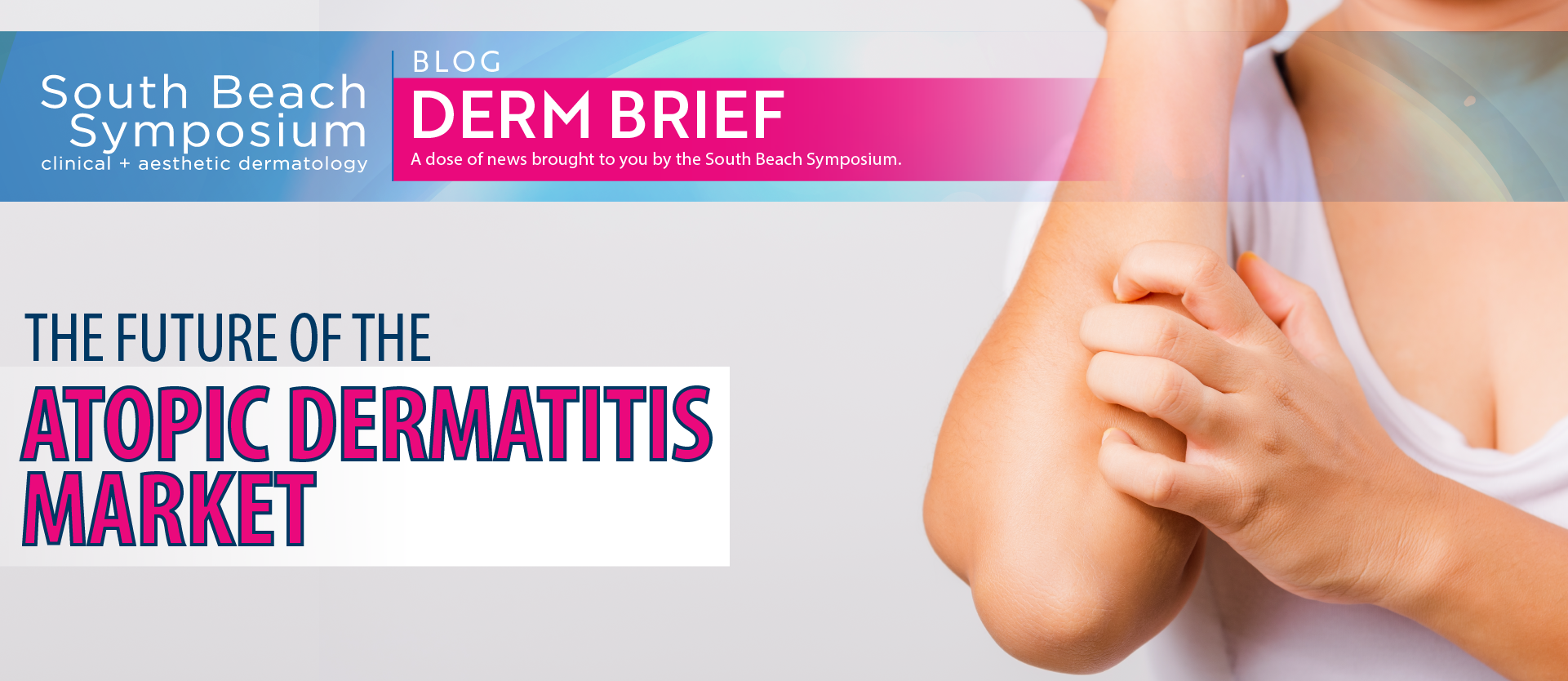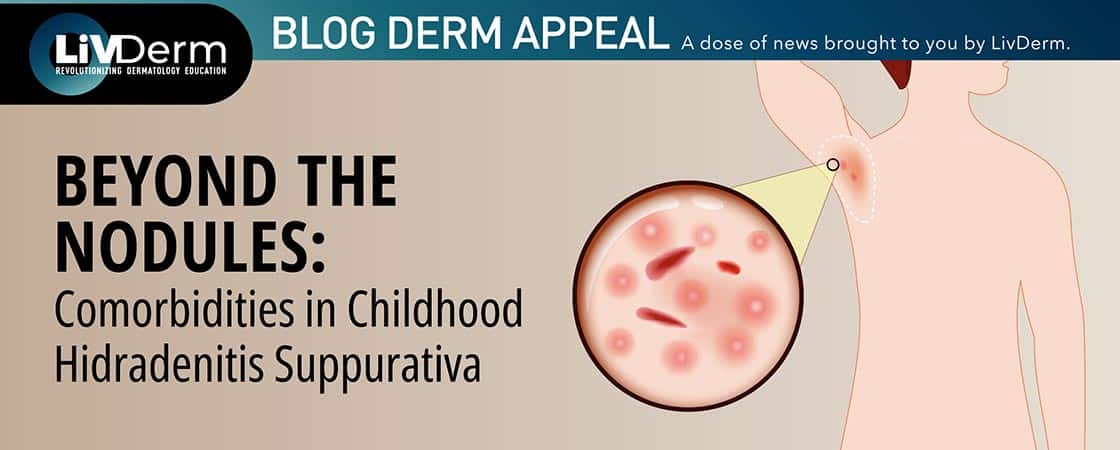Although sometimes conflated as one condition, psoriasis and atopic dermatitis (AD) differ from each other in clinical presentation yet share similar guidelines, mental health repercussions, and therapeutic options. As psoriasis-focused treatment modalities have multiplied over the past few years due to a spike in prevalence, similar growth is currently being witnessed in the AD medication market with an increasing probability of over-saturation. A growing number of products in the pipeline is likely to provide a challenge in the dermatology setting, making it difficult for providers to distinguish between treatment options – as has been the case in the psoriasis medication market.
Psoriasis: Current Statistics
Most likely to develop before the age of 35, psoriasis affects nearly 3% of the global population – equal to over 125 million people. In the United States, approximately 8 million individuals suffer from some form of psoriasis, which has a negative impact not only on their skin health but also on their mental and emotional wellbeing. Over 60% of psoriasis patients report decreased quality of life and a significant economic burden from annual health care costs. Further, disease progression can lead to negative long-term outcomes, including the development of psoriatic arthritis which occurs in between 10% and 30% of patients.
Atopic Dermatitis: Current Statistics
Like psoriasis, atopic dermatitis (AD) is a cause of suffering and significant burden for a growing number of the population. Its prevalence has increased within industrialized nations over the past 50 years; the condition now affects approximately 15% to 20% of children and 1% to 3% of adults around the globe. Current data reveals the high incidence and disease burden of atopic dermatitis in the United States, with an estimate of 16.5 million adult cases and 6.6 million of those meeting the moderate-to-severe disease criteria.
Available Treatment Options
With 7.3% of U.S. adults living with atopic dermatitis and 3% of the global population suffering from psoriasis, researchers have prioritized developing efficacious treatment options. To date, one of the most difficult challenges in the treatment of AD is the long-term control of the condition with the least associated adverse effects as current therapeutic methods do not provide sufficient results. Similar challenges face the psoriasis population, which has seen a dramatic increase in new treatment options over the past few years making it difficult to discern efficacy across medications. As such, the psoriasis treatment market has been oversaturated, making it crucial for companies to differentiate themselves and their products in this crowded landscape.
Differentiated Products
One example of a company successfully differentiating itself from competitors is AbbVie, which recently launched its third-in-class IL-23 inhibitor, Skyrizi. Experiencing exponential growth from its entry into the market, Skyrizi has been selected as the most preferred IL-23 inhibitor by over two-thirds of U.S. dermatologists tested in a survey. According to a press release in PRNewswire, the product’s early success has been attributed to frequent contact of Skyrizi representatives with clinicians, an overall elevated satisfaction with their program, high awareness of AbbVie’s study results, and a greater perceived efficacy.
Many market leaders such as Amgen, Janssen, and Novartis, sell products for the treatment of psoriasis and are increasingly directing their efforts towards developing atopic dermatitis medications, leading experts to believe that the future advanced systemic market has the potential to mirror current psoriasis landscape.
Future of the AD Market
Per results from Spherix’s RealTime Dynamix: Atopic Dermatitis (US) report, “85% of surveyed dermatologists foresee the AD market emulating that of the crowded psoriasis market.” While there are similarities between the two markets, patients with atopic dermatitis are likely to be treated with small molecule options – such as oral JAK inhibitors products launching courtesy of key market players soon. Although, the majority of dermatologists report that it is unlikely these agents will be used prior to biologics in AD.

















